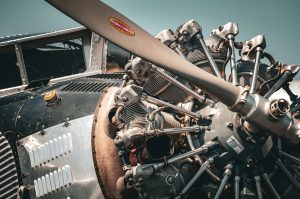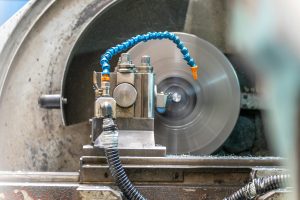From Concept to Curb: How Automotive Design Transforms Ideas
When we see a sleek, stylish car driving down the street, most of us don’t think about the design process that went into creating it. But as automotive enthusiasts know, the journey from concept to curb is a long and intricate one, filled with careful planning, innovative ideas, and countless iterations. From idea to final product, automotive design plays a critical role in the success of a car. In this article, we’ll explore the world of automotive design and how it transforms ideas into reality.
The Importance of Automotive Design
It’s no secret that the automotive industry is highly competitive. With so many companies vying for market share, car design has become a crucial differentiating factor. In today’s market, it’s not enough for a car to merely be functional – it also has to be visually appealing and stand out from the crowd. This is where automotive design comes into play.
Not only does automotive design make a car visually appealing, but it also plays a significant role in functionality. Every curve, angle, and detail has a purpose, whether it’s for aerodynamics, safety, or performance. A good design can make or break a car, and that’s why automotive companies invest so much time, effort, and resources into creating the perfect design.
The Design Process
The first step in the automotive design process is coming up with the initial concept. This involves brainstorming, researching trends and consumer preferences, and identifying the target market. Once the concept is established, designers use sketches, 3D models, and computer-aided design (CAD) software to bring their ideas to life.
Designers work closely with engineers to ensure that the concept is feasible and meets safety and regulatory standards. The design is then fine-tuned through multiple iterations, where changes are made until the team is satisfied with the final product.
Prototyping and Testing
Once the design is finalized, it’s time to create a prototype. Prototyping involves building a physical model of the car using materials such as clay, foam, or hard plastic. This allows the designers to get a better sense of how the car will look and feel in real life.
After the prototype is built, it undergoes rigorous testing to ensure that it meets the necessary standards. This includes crash tests, wind tunnel testing for aerodynamics, and virtual simulations to analyze the car’s performance in different scenarios. Based on the results, designers may make further changes to improve the car’s design and functionality.
Production and Refinement
Once the prototype has passed all the necessary tests, production can begin. Automotive manufacturers use state-of-the-art technology and machinery to turn the design into a physical product. This is where details such as paint colors, interior materials, and finishing touches are added.
After production, the car undergoes another round of refinement. This is where designers make any final tweaks or adjustments to perfect the design. Once this is done, the car is ready to hit the streets and be enjoyed by car enthusiasts around the world.
Innovations in Automotive Design
Automotive design is constantly evolving, and with new technologies emerging, designers have more tools at their disposal than ever before. One of the most significant innovations in recent years is the use of virtual reality (VR) in the design process. Designers can use VR to create and test different concepts, making the process more efficient and cost-effective.
Another trend in automotive design is the focus on sustainability. With global concerns about the environment, car companies are incorporating more eco-friendly materials and techniques into their designs. This includes the use of recycled materials, hybrid and electric engines, and aerodynamic design to reduce fuel consumption.
In Conclusion
From the initial concept to the final product, automotive design plays a critical role in creating cars that are not just functional but also visually appealing and performance-driven. The design process is a highly collaborative and meticulous one, involving the efforts of designers, engineers, and other experts to create a car that will stand out on the road and in the minds of consumers. As technology continues to advance, we can expect to see even more innovations in automotive design, making cars safer, more eco-friendly, and more visually stunning than ever before.










